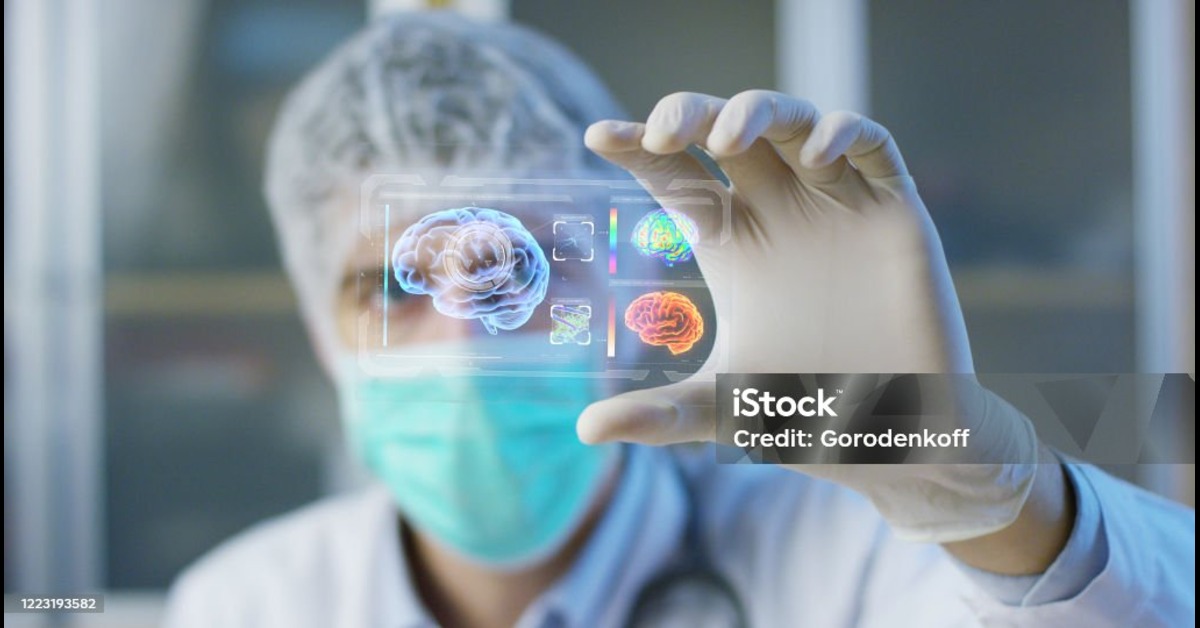A new artificial intelligence tool is transforming how doctors assess patients with severe brain injuries by detecting subtle facial movements invisible to the human eye. The breakthrough could reveal hidden signs of consciousness days or even weeks before traditional bedside examinations, offering new hope for earlier intervention and improved recovery.
The study, published in Nature Communications Medicine, introduces a system called SeeMe, developed by neurosurgery researchers at Stony Brook University. Using advanced computer vision, SeeMe analyzes microscopic facial responses to commands, providing a more sensitive measure of awareness than conventional clinical methods.
The Challenge of Hidden Consciousness
Diagnosing consciousness in patients with acute brain injuries has long been one of medicine’s greatest challenges. In intensive care units, doctors typically rely on simple bedside tests—asking patients to squeeze a hand, move their toes, or open their eyes. A visible response confirms awareness.
Yet an estimated 15–25% of patients may be conscious but physically unable to perform these larger movements. This condition, known as covert consciousness or cognitive-motor dissociation, creates a diagnostic gray zone. Patients who can hear, understand, and even attempt to respond are sometimes mistakenly classified as unresponsive. Such misdiagnoses can have serious consequences for treatment and rehabilitation planning.
Advanced tools such as brain imaging or electroencephalography (EEG) can reveal covert consciousness, but they are costly, resource-intensive, and impractical for continuous bedside monitoring. Researchers hypothesized that the earliest signs of returning awareness may emerge through tiny facial movements, given the face’s dense network of small muscles and its strong representation in the brain’s cortex.
How SeeMe Works
To test this idea, researchers designed SeeMe to detect these subtle cues. In the study, 37 brain-injured patients and 16 healthy participants were observed. Patients were asked to follow simple audio commands such as “open your eyes,” “stick out your tongue,” and “smile” while a camera recorded their faces.
The AI algorithm then mapped thousands of microscopic facial points, including pores and muscle twitches, and compared baseline activity with movements following each command. This allowed SeeMe to identify intentional responses invisible to the naked eye.
Results: AI Sees What Humans Miss
The results were striking. SeeMe detected an average of 5.4 responses out of 10 commands, compared with 2.8 identified by trained human observers. More importantly, the AI identified signs of consciousness much earlier than standard clinical assessments.
- Eye-opening responses were detected 4.1 days earlier on average.
- Mouth movements signaling command-following appeared 8.3 days earlier than clinicians documented.
In one case, a patient in a coma after a car accident showed facial responses on day 18 using SeeMe, but doctors did not record motor command following until day 37 nearly three weeks later.
The study also found that patients with stronger and more consistent facial responses had better recovery outcomes at discharge, suggesting SeeMe could help predict prognosis as well as detect awareness.
Limitations and Future Directions
While highly promising, SeeMe has some limitations. Medical equipment such as ventilators sometimes obstructed views of the mouth, and sedation affected motor responses. In a few cases, clinicians detected responses earlier than the AI, likely due to fluctuations in patient alertness.
Researchers emphasize that SeeMe is intended to complement, not replace, traditional clinical evaluations. Future studies aim to expand trials, integrate objective muscle activity measures, and combine SeeMe with EEG for a more comprehensive monitoring system.
A New Era for Brain Injury Care
By revealing hidden signs of awareness, SeeMe could change how doctors and families approach care for patients with severe brain injuries. Earlier detection of consciousness may enable faster interventions, more accurate prognoses, and ultimately, better chances of recovery.
As study co-author Dr. Sima Mofakham noted, the tool represents a critical step forward: “SeeMe provides an objective window into patient awareness that has long been hidden from clinical observation.”
If validated in larger trials, this AI-driven system could redefine standards of care in intensive care units, giving patients with covert consciousness the best possible chance at rehabilitation and recovery.
